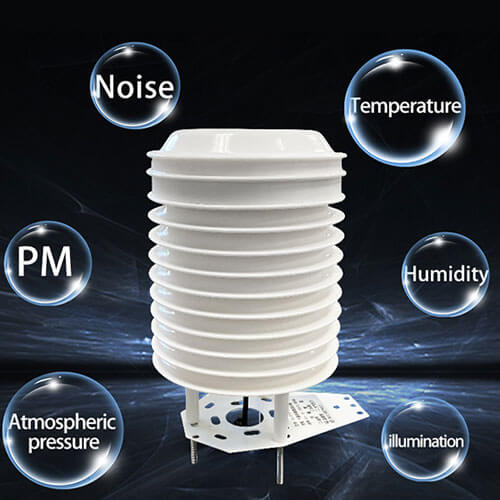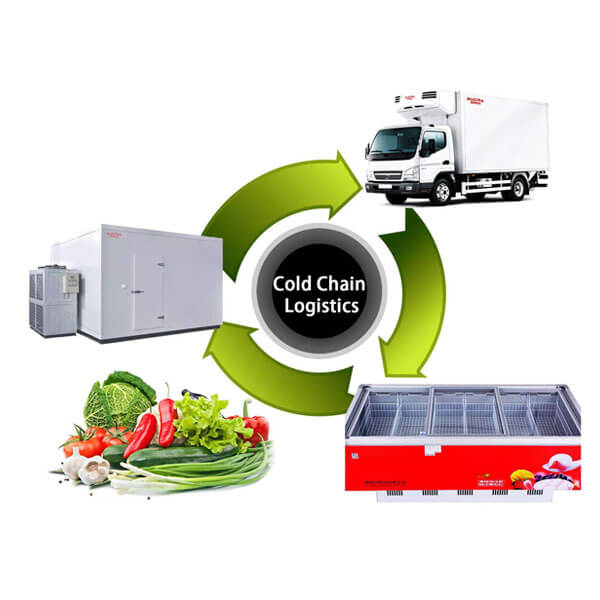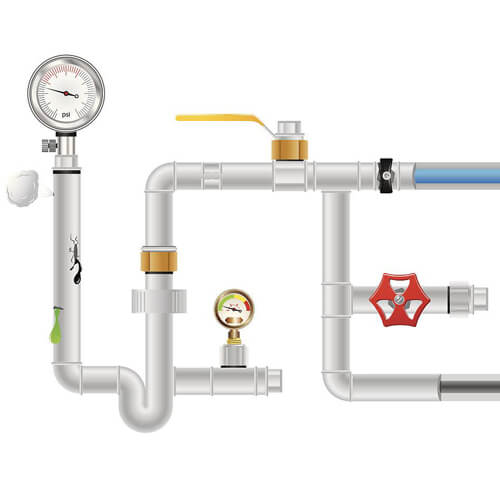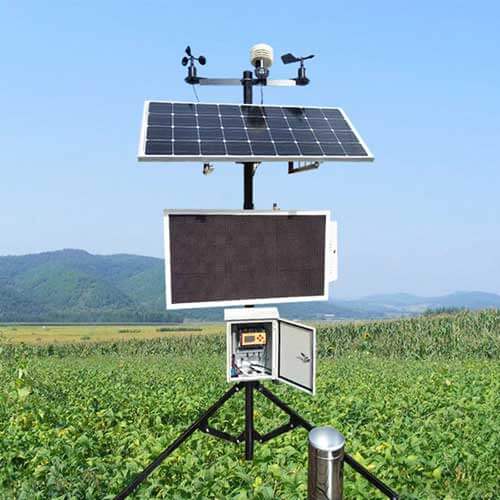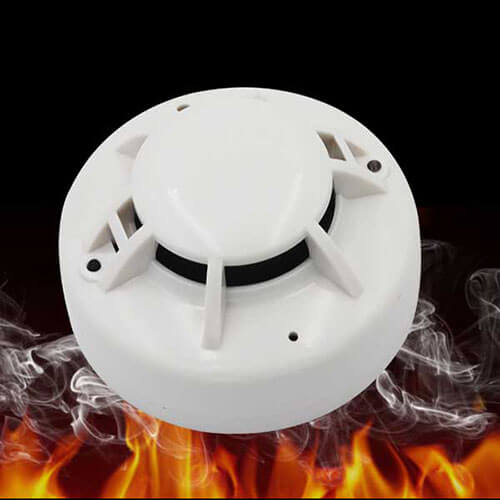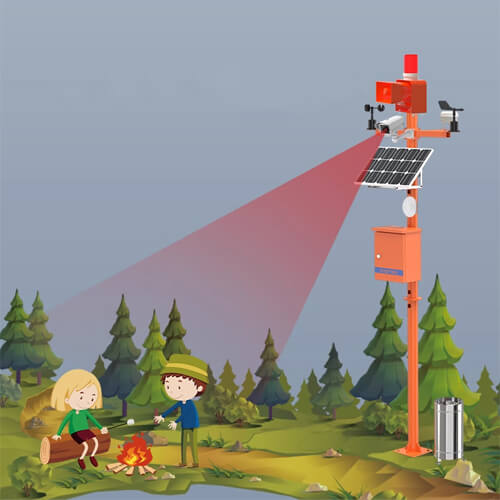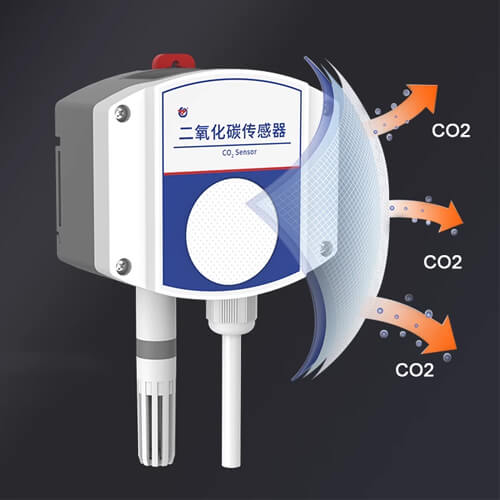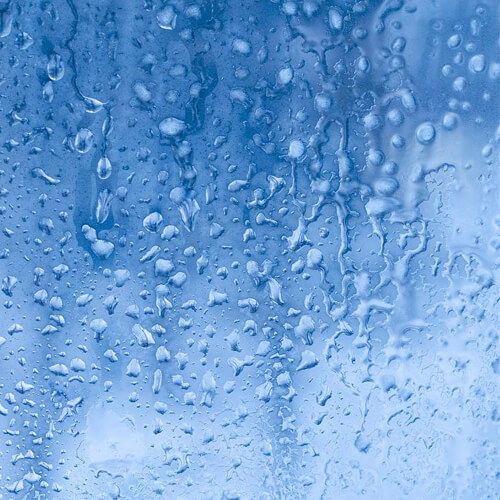The multi-element solar radiation shield adopts an umbrella-shaped appearance design, and the lower part is equipped with a radiation protection plate, which can effectively prevent the influence of direct sunlight and ground reflection on the internal sensor of the instrument; when selecting a solar radiation shield, users need to pay attention to the following two points:
1. Waterproof performance of the box body: The solar radiation shield sensor is mostly used for outdoor weather station, and various sensors and circuit communication boards are installed inside, so it has higher requirements for the waterproof performance of the box body, which can prevent rain and snow from entering Cause damage to the circuit board and affect the monitoring results.
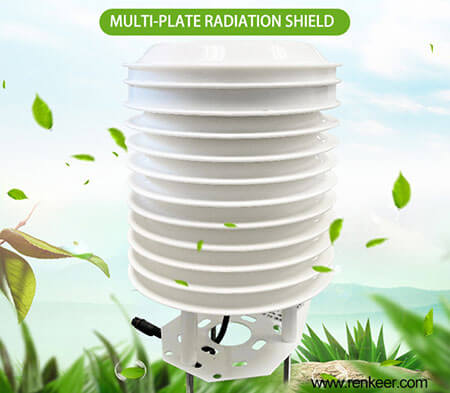
2. Air permeability of the box: The air temperature, humidity, carbon dioxide, and other sensors in the solar radiation shield can only measure true and accurate data when they are in contact with the air. If there is no good airflow in the box, the solar radiation shield sensor will work. The role of weather monitoring is no longer.
To have better waterproof performance, add connecting louvers on the top two layers of the solar radiation shield, and place the circuit in it, which can effectively avoid the erosion of the circuit board by rain and snow, greatly improve the waterproof performance, and also improve the use of the solar radiation shield. Life and stability.
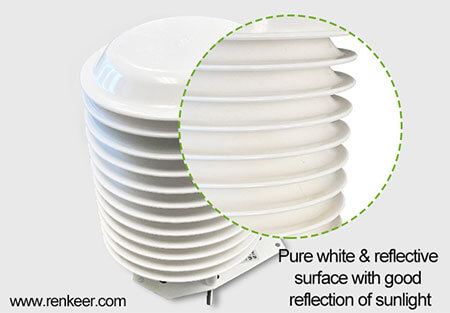
In order to ensure the air circulation inside the equipment and the high accuracy of the monitoring results, the lower layer of the solar radiation shield is not connected to the louver, but hollowed out, and a large area of ventilation windows are left around to ensure the air circulation in the box. The sensor installed in the middle of the solar radiation shield can truly sense changes in the outside air temperature, humidity and other environmental factors.
Sound travels fast in the air. In order to ensure a better monitoring effect and avoid rain and snow erosion, we have placed the noise sensor at the bottom of the box for more accurate noise monitoring of the use place.
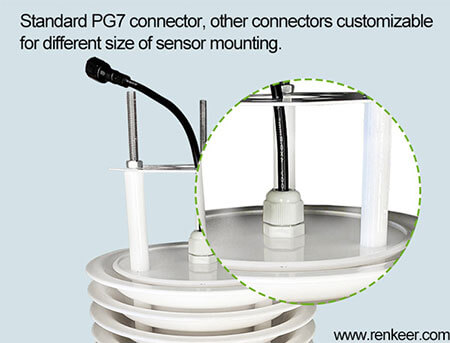
The meteorological multi-element solar radiation shield integrates air temperature and humidity, noise, illuminance, atmospheric pressure, carbon dioxide and particulate matter PM2.5/PM10 and other sensors to collect information on each element: such as measuring environmental temperature and humidity, it is equipped with the measurement imported from Switzerland The unit can accurately measure the temperature in the range of -40~120°. We install these sensors in the solar radiation shield, and use the standard MODBUS-RTU communication protocol to upload data to local monitoring software or remote monitoring cloud platform through RS485 bus to achieve equipment management, data analysis, real-time viewing, abnormal alarms and other functions.
The shell of the solar radiation shield adopts special surface treatment and structural design, and is made of high-quality anti-ultraviolet material, which has a long corrosion resistance and long service life. It basically reflects the sunlight projected on the box body, which can effectively avoid direct sunlight and ground reflection It can affect the internal instruments and ensure the air circulation in the cabinet, so that the sensing part of the instrument has proper ventilation, and truly senses the changes of outside air temperature and humidity, and also protects the instrument from strong wind, rain and snow.

